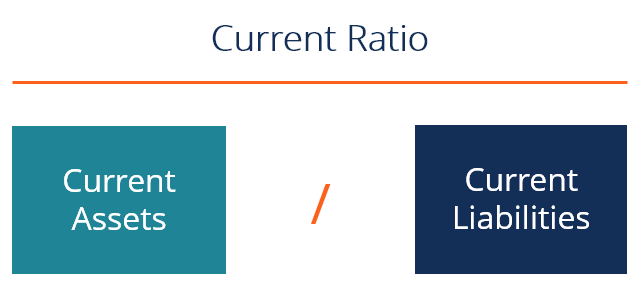The current ratio is one of the most critical financial metrics used by businesses, investors, and analysts to assess a company’s liquidity and ability to meet its short-term obligations. It provides a clear snapshot of whether a business has sufficient liquid assets to cover its current liabilities. In this blog, we’ll provide 5 key insights into the current ratio, including its definition, importance, calculation, interpretation, and limitations.
1. What is the Current Ratio?
The current ratio is a liquidity ratio that measures a company’s ability to settle short-term liabilities with its short-term assets. It acts as a gauge of the firm’s financial health and short-term solvency.
The formula for calculating the current ratio is straightforward:
Current Ratio = Current Assets / Current Liabilities

2. Breakdown of Current Assets and Current Liabilities
- Current Assets: These include highly liquid assets such as cash, accounts receivable, inventory, and marketable securities that can be converted into cash within a year.
- Current Liabilities: These are obligations due within a year, including accounts payable, short-term borrowings, accrued expenses, and other similar short-term debts.
3. Importance of the Current Ratio in Financial Analysis
The current ratio is integral for several reasons:
- Liquidity and Solvency: It offers insight into a company’s liquidity, helping assess whether it can meet short-term debt obligations without stress.
- Credit Evaluation: Lenders use the current ratio to determine a company’s risk profile before extending credit or financing. A healthy current ratio improves creditworthiness.
- Operational Efficiency: It helps businesses and analysts understand how effectively a company manages its working capital and resources.
4. How to Calculate and Interpret the Current Ratio
To see the current ratio in action, consider the following example:
Example:
- Current Assets: ₹1,50,00,000
- Current Liabilities: ₹75,00,000
Current Ratio = ₹1,50,00,000 / ₹75,00,000 = 2
In this case, a current ratio of 2 means that the company has twice the assets required to cover its current liabilities.
Interpreting the Current Ratio:
- Ratio > 1: A ratio above 1 signifies that the company has more current assets than liabilities, which is a positive indicator of liquidity.
- Ratio < 1: A ratio below 1 suggests potential liquidity issues, as the company may struggle to cover its short-term debts.
- Ratio = 1: A ratio of exactly 1 indicates the company has just enough assets to cover its liabilities, but no cushion for unexpected financial challenges.
5. Limitations and Nuances of the Current Ratio
While the current ratio is highly useful, it has some important limitations:
- Does Not Reflect Asset Quality: The ratio doesn’t distinguish between highly liquid assets (e.g., cash) and less liquid ones (e.g., inventory), which could skew the liquidity assessment.
- Industry-Specific Variations: Companies in different industries have varying liquidity needs, so comparing ratios across industries may not always be meaningful.
- Overly High Ratios Can Be Problematic: An excessively high current ratio may indicate that a company is not efficiently using its assets to generate returns, as it could be holding too much cash or inventory.
FAQs on the Current Ratio
Q1: What is a “good” current ratio?
Typically, a current ratio between 1.5 and 3 is considered ideal, but this varies by industry. A ratio below 1 is generally a red flag, while a ratio above 3 could indicate inefficient use of resources.
Q2: How can a company improve its current ratio?
A company can enhance its current ratio by improving its working capital management—such as speeding up collections, optimizing inventory levels, or reducing short-term debts.
Q3: How is the current ratio different from the quick ratio?
The quick ratio, also known as the acid-test ratio, excludes inventory from current assets to offer a more stringent measure of a company’s liquidity.
Q4: Can an overly high current ratio be a concern?
Yes, a very high current ratio could indicate that a company is hoarding resources rather than using them for expansion or operational efficiency, which may not be optimal for long-term growth.
Conclusion
The current ratio is an essential tool for evaluating a company’s liquidity and short-term financial health. However, while it is informative, it should be analyzed in conjunction with other financial metrics and contextualized for industry-specific factors.
By maintaining an optimal current ratio, companies can ensure they have sufficient liquidity to meet obligations while also demonstrating sound financial management to stakeholders.
For more insights on financial ratios and how they affect business decisions, visit SmartTaxSaver.com, where we provide comprehensive guides and expert advice on financial and tax-related matters.



